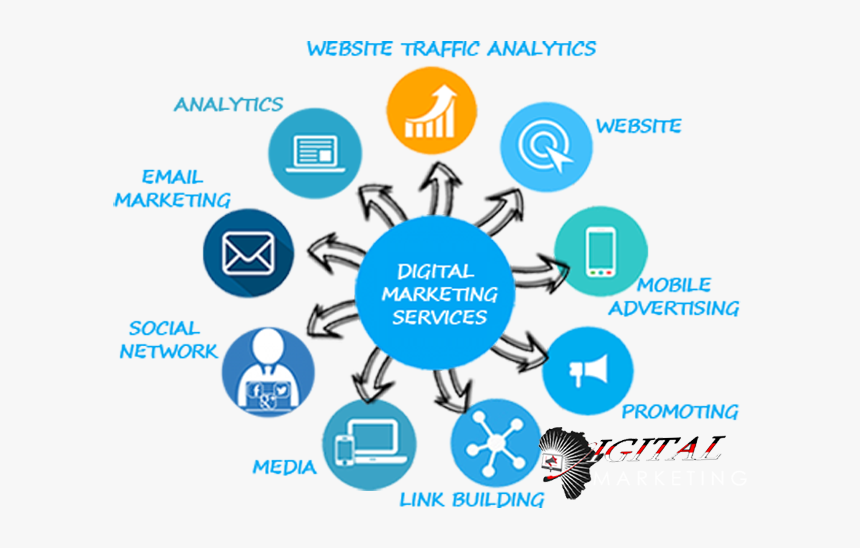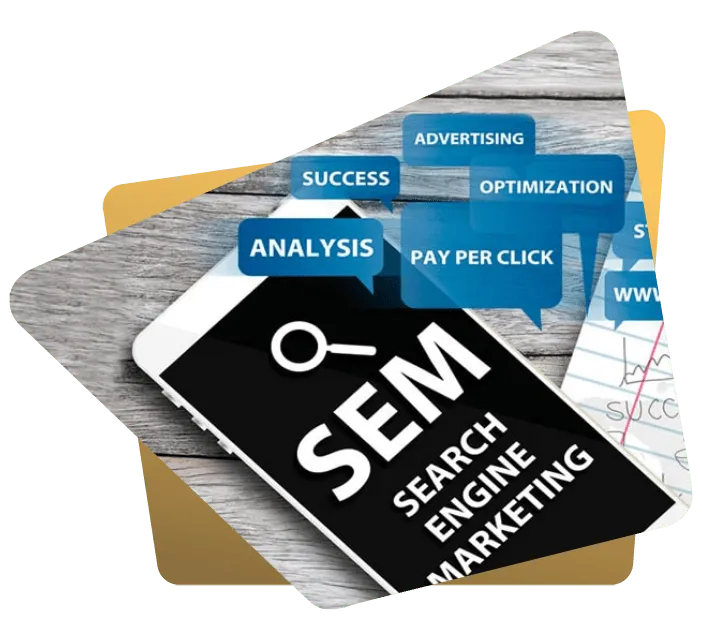
Understanding Digital Marketing: Key Components for a Successful Strategy
Digital marketing is an expansive and evolving field that utilizes various strategies and tools to promote products, services, or brands through online channels. In this comprehensive guide, we’ll delve into the key components of digital marketing, including Search Engine Optimization (SEO), Content Marketing, Social Media Marketing, Email Marketing, and Pay-Per-Click (PPC) Advertising. By understanding how these elements work together, you can craft an effective digital marketing strategy that drives traffic, engages your audience, and boosts conversions.
1. Search Engine Optimization (SEO)
What is SEO?
Search Engine Optimization (SEO) is the practice of optimizing your website to achieve higher rankings on search engine results pages (SERPs). This process is crucial for increasing organic traffic and improving your site’s visibility.
Key SEO Tactics:
- Keyword Research: Discover the keywords and phrases that potential customers use to search for products or services similar to yours. Tools like Google Keyword Planner can help identify high-volume, relevant keywords.
- On-Page Optimization: Enhance individual web pages by optimizing meta tags (titles and descriptions), headers, and content to be more search-engine friendly. Ensure your content includes targeted keywords naturally and provides valuable information.
- Off-Page Optimization: Build backlinks from reputable websites to increase your site’s authority and credibility. High-quality backlinks can improve your search engine rankings and drive referral traffic.
Example: If you own a local bakery, optimizing your website for terms like “best cupcakes in Dubai” can help you attract customers searching for cupcakes in your area.
2. Content Marketing
What is Content Marketing?
Content marketing focuses on creating and distributing valuable, relevant, and consistent content to attract and engage a target audience. The goal is to provide useful information that builds trust and encourages customer loyalty.
Key Content Marketing Tactics:
- Blog Posts: Write informative articles that address common questions or problems related to your industry. Regularly updated blogs can also improve your SEO by targeting relevant keywords.
- Infographics: Design visual representations of data or complex concepts that are easy to understand and share. Infographics can enhance engagement and drive traffic to your site.
- Videos: Create engaging video content to capture your audience’s attention. Videos can be used for product demonstrations, customer testimonials, or educational content.
Example: A fitness brand might develop a blog with workout routines and healthy recipes, positioning itself as a fitness authority and attracting health-conscious readers.
3. Social Media Marketing
What is Social Media Marketing?
Social media marketing involves leveraging platforms like Facebook, Instagram, Twitter, and LinkedIn to connect with your audience, build brand awareness, and drive engagement.
Key Social Media Tactics:
- Content Sharing: Post updates, promotions, and engaging content to keep your audience informed and interested. Use a content calendar to plan and schedule posts.
- Paid Advertising: Run targeted ads on social media platforms to reach specific demographics based on their interests, behaviors, and location. Social media ads can drive traffic and increase conversions.
- Community Engagement: Interact with your audience by responding to comments, messages, and reviews. Building a community around your brand can foster loyalty and encourage word-of-mouth marketing.
Example: An online clothing store might use Instagram to share fashion tips, showcase new arrivals, and run targeted ads to attract potential customers to their website.
4. Email Marketing
What is Email Marketing?
Email marketing involves sending targeted messages to a group of subscribers with the aim of nurturing leads, driving sales, and maintaining customer relationships.
Key Email Marketing Tactics:
- Newsletters: Send regular updates featuring company news, promotions, and valuable content to keep your audience engaged and informed.
- Personalized Emails: Customize messages based on user behavior, preferences, and past interactions to increase relevance and effectiveness.
- Automated Campaigns: Implement automated email sequences triggered by specific actions, such as cart abandonment reminders or post-purchase follow-ups.
Example: An e-commerce website might use email marketing to send personalized product recommendations and exclusive discount offers to customers based on their browsing history and past purchases.
5. Pay-Per-Click (PPC) Advertising
What is PPC Advertising?
Pay-Per-Click (PPC) advertising involves paying for ad placements on search engines or social media platforms. You only pay when a user clicks on your ad, making it a cost-effective way to drive targeted traffic to your site.
Key PPC Tactics:
- Search Ads: Display ads on search engines like Google based on keywords relevant to your business. These ads appear at the top of SERPs and attract users actively searching for specific terms.
- Display Ads: Use visual ads that appear on websites across the internet. Display ads can help increase brand awareness and reach users across different sites.
- Social Media Ads: Create targeted ads on social media platforms to reach users based on their interests, demographics, and behavior.
Example: A travel agency might run PPC ads on Google for keywords like “affordable vacation packages,” driving targeted traffic to their website and increasing bookings.
Integrating Digital Marketing Components
An effective digital marketing strategy involves integrating these components to create a cohesive approach:
- SEO provides a foundation by increasing organic traffic and enhancing online visibility.
- Content Marketing supports SEO and engages your audience through valuable and shareable content.
- Social Media Marketing amplifies your content’s reach and fosters direct engagement with your audience.
- Email Marketing nurtures leads and maintains customer relationships, guiding them through the sales funnel.
- PPC Advertising complements organic efforts by driving immediate, targeted traffic and supporting time-sensitive promotions.
Example in Action: Suppose you’re launching a new product. SEO can help ensure your product page ranks well, Content Marketing can generate interest with blog posts and videos, Social Media Marketing can amplify your message and engage your audience, Email Marketing can inform your subscribers and offer exclusive previews, and PPC Advertising can drive immediate traffic and conversions.

